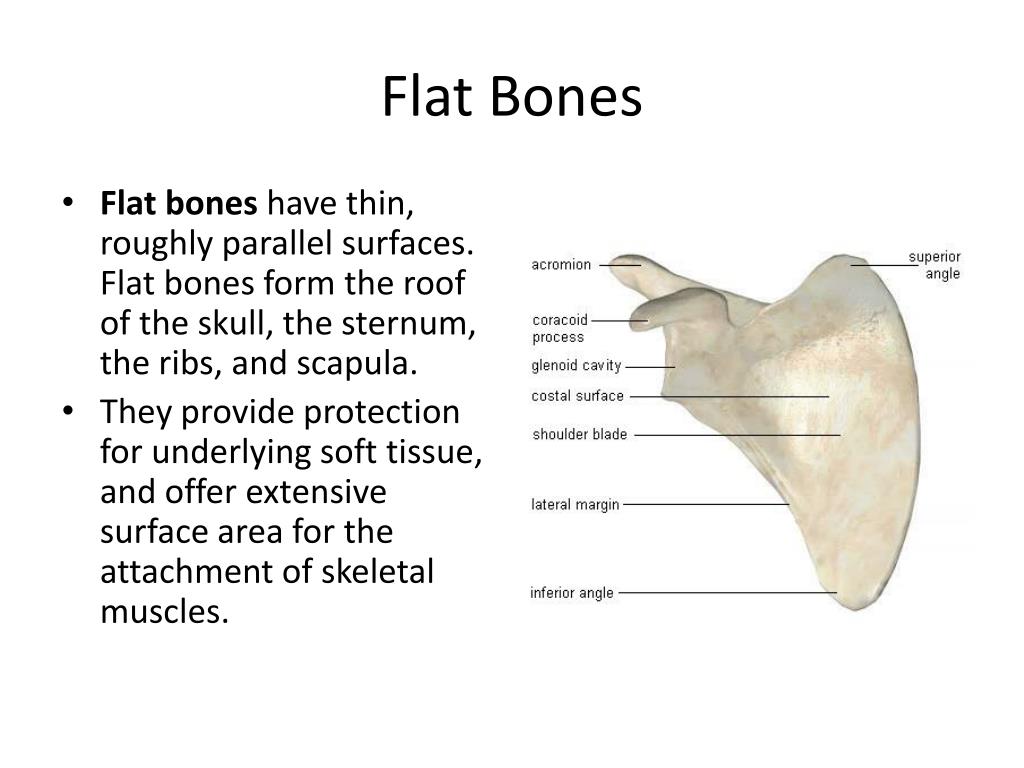
It is made of connective tissue which, apart from nerves and blood vessels, contains bone progenitor cells that can later develop into osteoblasts ( see above). The periosteum represents the outer surface of the bones in areas, where the bone tissue is not covered by cartilage. Cartilage also represents a remainder of the embryonal, mainly cartilaginous skeleton. By cushioning the joints, cartilage helps them to move well. Osteoblasts and osteoclasts work together to maintain bone metabolism: osteoblasts create and mineralise bone tissue, thus being responsible for new bone (osteocyte) formation, whereas osteoclasts resorb bone tissue, thus breaking it down.Īrticular cartilage is a rubber-like, smooth type of connective tissue that can be found at the ends of most bones, except, for example, the skull. Instead, spongy bone is made of multiple tiny beams or rods called trabecula, which provide a rather soft and flexible consistency (like in flat bones such as vertebrae).īone tissue is composed by bone cells (osteocytes), which are connected to each other by small cellular processes. Compact bone consists of highly dense, thus hard, white (osseous) tissue, which forms the tough outer shell of the long bones (such as the upper arm or leg bones).

There are two major types of bone tissue: compact bone tissue ( Substantia compacta) and spongy bone tissue ( Substantia spongiosa). Its high density is a result of the high calcium content, which can reach about 70 % of a bone’s weight. To a lesser degree, they also contain soft tissue such as articular cartilage, the bone marrow inside the bone, an outer surface called periosteum, as well as nerves and blood vessels.īone tissue comprises most of a bone. reviews bone classifications with their associated features, functions, and examples.Bones mostly consist of mineralised bone tissue. The patellae (singular = patella) are the only sesamoid bones found in common with every person. Sesamoid bones vary in number and placement from person to person but are typically found in tendons associated with the feet, hands, and knees.

The sesamoid bones protect tendons by helping them overcome compressive forces. These bones form in tendons (the sheaths of tissue that connect bones to muscles) where a great deal of pressure is generated in a joint.

A sesamoid bone is a small, round bone that, as the name suggests, is shaped like a sesame seed.


 0 kommentar(er)
0 kommentar(er)
